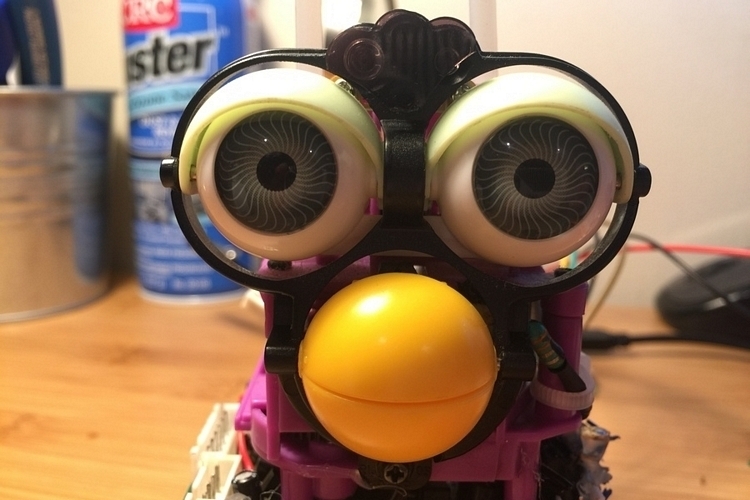
Furbies are awesome for a good number of reasons, not the least of which is the utter simplicity of its electronics. That’s why, a good load of Furby projects have shown up over the last few years which give the questionably adorable robot an even bigger bag of tricks. Furlexa is a new DIY project that turns the Furby into an Alexa speaker.
That’s right, you can now talk to Amazon’s voice assistant in the guise of the classic 90s toy robot – the same one that gave many kids and parents alike equal amounts of joy and horror. At least, if you’re willing to follow the step-by-step DIY guide by Zach from Howchoo, who spent around $50 in parts to transform the erstwhile toy robot into arguably the creepiest Alexa speaker around (it’s honestly a toss-up between this and that T-800 Alexa rig).

With Furlexa, Zach, basically, took a stock Furby from 1998 (the original model without the LCD eyes), cracked it open, and replaced the original processor with a Raspberry Pi Zero W, which comes with Wi-Fi onboard. It runs the Alexa Voice Service (AVS), which allows the hacked toy to obtain full Amazon Echo functionality. Since two decades of development means some of the electronic parts on that original toy were crappy, both the old speaker and microphone have also been replaced with a new USB mic and a small speaker-and-amp combo (specifically, the Pimironi Speaker pHAT). All new components bought for the build total to just $50.
One of the reasons Furby is so hackable is the fact that all of its movements are driven by just a single motor. That’s right, the movement of the toy’s eyes, ears, mouth, and body rely on just one motor, with a clever system of gears and cams facilitating the function. As such, Furlexa was rigged to go in full animation mode when speaking Alexa’s adult female voice, so it will activate all moving parts while answering your questions about the traffic. We know, that’s going to look ridiculous, which, we guess, is the whole point of building something like this. By the way, the gears and cams needed to be lubricated heavily, since all the moving parts create a lot of noise that can compete with what’s coming out of the speaker.

According to the creator, he worked on Furlexa on and off for around a year, with much of the challenge coming down to how little space there is inside. It was midway through that year when Raspberry released a version of the Pi with built-in Wi-Fi, which simplified his setup enough that he can actually finish it.

While the build is seriously cool, Zach says he also found an IR transmitter and a light sensor inside the Furby, both of which he didn’t touch for this version of the project. He plans to take advantage of both in future iterations of the build, such as programming the IR transmitter such that he can use the toy to control the living room TV using voice commands.
Learn more about Furlexa from the link below.
